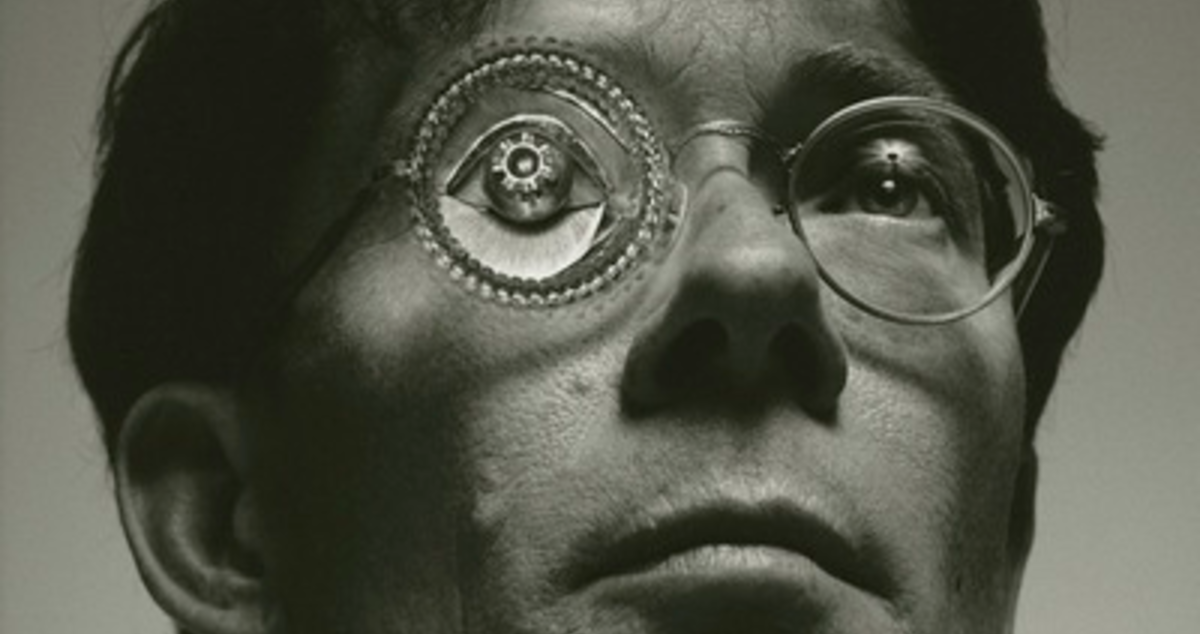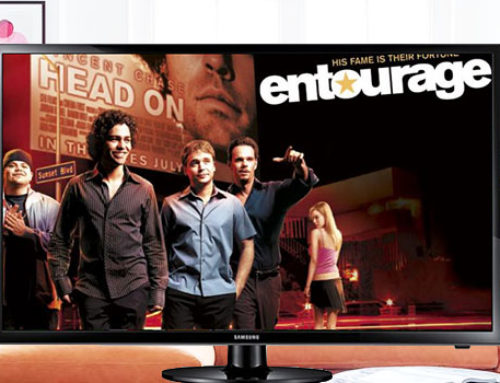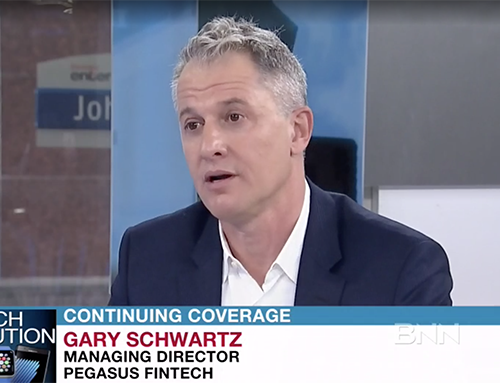William Gibson’s cyberpunk line in Neuromancer, “Don’t let the little fuckers generation gap you,” is surely every tech corporation’s credo: How can retail, publishing, media, automotive, etc. stay relevant and revenue rich with a new generation of consumers.
Each company has a room that they dutifully walk guests through. Some call it an innovation lab. Depending on the industry, it could be called a store-of-the-future or perhaps a city-of-the-future. It could have simulated roads for autonomous cars. It may have mock living rooms with new-age gadgets. In all cases, it is a shim sham of technology which often misses the mark.
Remember, Henry Ford’s competitors had cutting-edge showrooms filled with the latest horse-drawn vehicles. Few can guess what will drive adoption 15 years from today. The futurist that keynotes your next conference is likely a mountebank selling digital potions.
Now in fairness, no-one knows what is just over the tech horizon, you say. And you are right. That is why we may need to stop looking forward and better understand what historically has driven adoption and what has not. Instead of the showroom of the future, many should consider building showrooms of the past to learn what worked and how to emulate these successes with new digital tools.
The Messy Consumer
Technology evolves in fits and starts. Everything seems linear until it is not. The challenge that folk face in picking a line and following it to a logical conclusion is that we never can test our future assumptions in the real world.
The main culprit is that messy person-in-the-middle of most inventions and innovation, the consumer.
Take a simple example. You may think the logical progression from a large car phone to a smaller mobile phone would be to a Ben-Stiller matchbox-size phone. It took a designer in Seoul to champion a new form factor called the Phablet to pivot the industry. The 5- to 7-inch screen blended the functionality of a tablet and smartphone and allowed for older demographic as well as a desktop-bound workforce, to adopt mobile tech.
Being smart about technology investments usually begins with a keen understanding of the consumer. We have moved from mainframe to the personal computer, PC to mobile phones, smartphones to voice assistance and hand-waving AR. The history of successful pivots in consumer adoption and generational adoption seem to come from delivering tools that act as extensions of a person’s actions, tools that are seamless, easy to use and behave like a prosthetic.
Type to Touch
When Steve Jobs introduced the iPhone in 2007 he showed how data could be better managed by touching the screen directly and manipulating the data with a pinch and zoom. Although LG had launched the Prada phone months earlier, Apple managed to humanize the user interface and drive adoption. It delighted a generation of consumers that wanted to access information in a more intuitive manner.
Apple built its empire on this insight. Mass adoption like this is ultimately tied to messy hard-to-predict consumer. Perhaps a good approach to futurism is treat technology as a commodity and focus on the way consumer’s consume.
When you look back at the history of data input starting with the keyboard the evolution was linear for a hundred years. Since the mass marketing and mass adoption of the first typewriters by the Remington Company in 1880s, nothing much had changed.
In 1930s, IBM’s adding machines where a combination of a typewriter and a punched card system. In the 40s these keyboards managed data input for magnetic tape and in the 70s and 80s electric keyboards sent electronic impulses directly to the computer.
There was one fork in this evolution. Back in 1964 Douglas Engelbart invented a roller technology which become today’s mouse. This development into early data-wheel mobile interfaces used by Blackberry. In 2001, Bill Gates stood on the floor of the non-defunct Comdex technology show in Vegas and presented the stylist powered PC tablet. Behind his was a larger sign with the word EVOLUTION written in bold script.
Then the revolution came. “We’re going to use the best pointing device in the world,” said Steve. “We’re going to use a pointing device that we’re all born with – born with ten of them. ” Apple’s team allowed their consumers (and their consumer’s young children) to use their pointing finger and thumb to pinch and zoom data and in doing leaped beyond established competitors.
The Next Revolution. Listen up.
SMS revolutionized wireless carrier revenues and WhatsApp captured this simple insight in a universal app. Instagram and Snapchat edged out Facebook users with an intuitive image-sharing function. In a post-Jobs world what are the next new intuitions that will drive a marked change in technology adoption?
AR is hot. But isn’t Augmented Reality simply a linear evolution of touch technology? Will professionals and consumers be open to wear Microsoft’s HoloLens. Will flailing hands at unseen information become the new normal, as we talk over our headsets to unseen people in the street was once considered strange? Or will we abandon touch and use another channel to manage our homes and streets.
It is behind these revolutionary pivots that fortunes are made and lost. It all hinges on consumer adoption. Touch may have helped to liberate the consumer but she is still unnaturally tethered to what David Ross calls “glass slabs”.
We are social beings that have been forced to text-search and snap-chat. Will AR drive the mass adoption that the industry hopes? When we touch objects peering through goggles, are we like Henry Ford’s competitor in a display room filled with horse-drawn vehicles?
Could voice be the new touch? Voice with an increasing robust artificial intelligent (AI) backend allows for smart and productive conversations. Smart voice gives data a seat at the dining room table. Information and query now is not buried under the table on a smartphone. Voice is social and may very well reenergize our interactions and minimize our nose-to-screen time.
Amazon has managed to take the lead in voice assistant in a field where Google and Apple were clearly positioned to dominate. Consumer voted with their pocketbooks. Echo sold and now Echo dominates. Just as Jobs vanquished his competitors by changing the rules, Amazon’s Echo has edged out the market.
As the saying goes in the Valley: “Don’t let the little fuckers generation gap you.”



